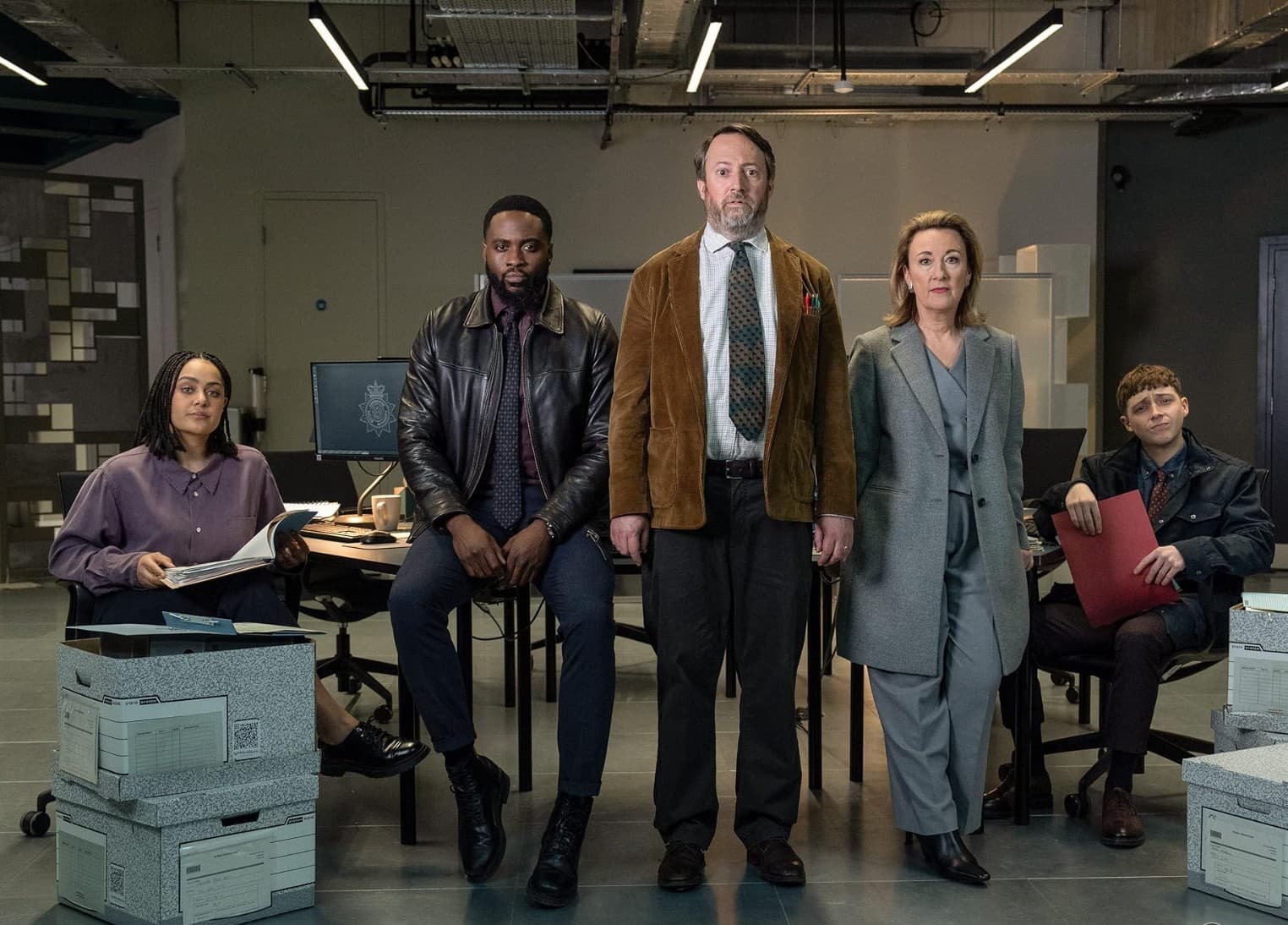The film and TV industry in the UK and Republic of Ireland is constantly seeking new technologies that boost productivity, enhance reliability, and support a more sustainable future.
So, when an innovation comes along that delivers on all three fronts, it’s quickly embraced by crews across the board.
We caught up with Cullum Ross, a seasoned lighting technician with an impressive list of credits, to find out how he’s using Instagrid ONE on set.
Q: How and where did you first discover Instagrid?
I first came across Instagrid while working on various location shoots that required reliable portable power. We used it extensively to run mobile lighting and other on-location equipment.
Most notably, my team and I relied on Instagrid during the production of Ludwig—a project that, to my knowledge, stands as one of the greenest episodic series in BBC history. Instagrid played a key role in helping us meet sustainability goals by providing clean, efficient power on set for a wide range of production needs.
On Ludwig, we achieved a collective saving of approximately 700 kWh through a combination of grid tie-ins, battery systems, and Instagrid units.
Using NESO data, we were able to determine the carbon intensity and cleanliness of our energy mix at any given time and location.
Q: What can Instagrid power in your world?
In our workflow, Instagrid is primarily used to power LED lighting fixtures, location utility setups for DIT, video village, and occasionally other on-location equipment.
I’ve personally used Instagrid to power the Profoto 600C 1600D - Pro Panel, Creamsource Vortex 4/8, Nanlux Evoke 1200 - Dyno, Aputure Storm series fixtures, and the ARRI SkyPanel S60—all of which Instagrid handled without issue.
Q: How is Instagrid solving problems for you and other teams on set?
As a department, our goal is to better plan our energy demands by using new technologies to record data, allowing us to more accurately estimate what’s required.
One of the great things about Instagrid is how straightforward it is to calculate what it can and can’t handle. Each unit provides 2.1 kWh of capacity, and you can link up to three units to scale that up to 6.3 kWh.
Any professional in this space should know their equipment’s hourly energy consumption and peak power demands. With that knowledge, it’s easy to assess whether Instagrid can meet the requirements for a particular setup—and in most cases, it can.
Instagrid has significantly reduced the need for long, trailing cables when powering smaller loads. Its portability means we can position it exactly where it’s needed, which brings a huge amount of flexibility—especially during frequent unit and location moves.
Compared to running long cable lines, Instagrid is faster, more convenient, far less disruptive, and—crucially—reliable. It’s streamlined our setup process and made on-set power management much more efficient for all departments.
Q: What power source would you normally use?
It depends on the location. Ideally, we’d use local mains power whenever it’s available. However, in many cases, we’ve had to rely on diesel generators—which are often unbalanced, inefficient, and far from ideal in terms of sustainability or performance.
Q: How does the TV and film industry tackle decarbonisation?
As an industry, we need to fundamentally rethink how we operate to reduce our carbon footprint. That means embracing new technologies, adopting more sustainable practices, and continuously upskilling our crews.
But real change requires more than just individual effort—it needs to be a coordinated, industry-wide initiative. Major production companies and commissioners must lead the way by setting clear standards and supporting innovation that drives sustainability forward.
We’d like to thank Cullum Ross for this Q&A, and for embracing Instagrid technology - imdb.com/cullumross / britishcinematographer.co.uk/cullum-ross
If you’d like to know more about how Instagrid can power your next production, then get in touch
Request a call
We’re here to help. Whether you have a question, want to talk through your own applications or book a demo, our team is ready to call you back. Simply fill out the form and we’ll be in touch soon.
Image courtesy of IMBD
